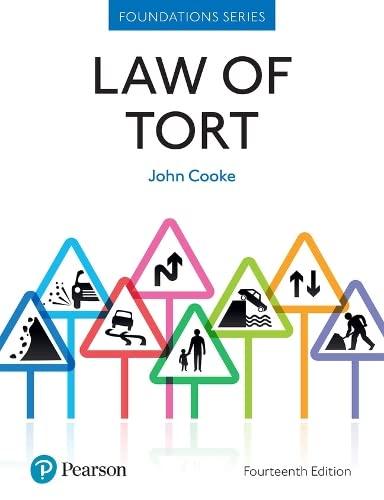READ THE CASE STUDY :
a. 10 points Please assess whether the price increase of Epipen is considered ethical, b. 10 points in 2017, Impax Laboratories introduced Adrenaclick, which functions the same as Eplpen. Adrenaclicl: was originally priced $200 per two~pack. Recently, CV5 Health, a drugstore chain, announced that it will sell Adrenaclick for $109.99 per two-pack, down from 5200. What's more, most customers will qualify for a manufacturer's coupon knocking $100 off that price, so the customers only have to pay $9.99 for Adrenaclick. Is Adrenacllck's pricing strategy considered ethical? If you consider It to be unethical, please explain which ethical violation it is. Explain your answer. The price of EpiPen, a device for injecting Epinephrine to treat allergy reaction, has gone from $100 for a two-pack in 2009 to 5608 today. Usually, companies would be applauded for the ability to create revenue through such pricing power. But when it comes to lifesaving drugs, consumers interpret these signicant increases as the producer proteering off a PQrson's life or death need. In 2011, the list price for the EpiPen was 5165. At that time, there were no competitors in the market and the product was off patent, meaning the patent protection had expired. Further, there was consistent demand due to the product's shelf life of one year. Customers had to replace their EpiPens annually. in 2012, the list price increased 32% with no new competitors entering the market. However, this increase could have resulted from more Raf.) spending or an increase in raw materials costs. Regardless, the price was elastic and consumers continued to purchase the drug. By 2013, Sanofi announced its entry into the market. Their price hovered near that of Epipen's, so it would appear the price was justified by cost. Had Sanofi entered with a lower or higher price, this justification would have been tougher to sell. Mylan, Eplpen's brand owner, responded by increasing their price a little more, which likely came from a desire to differentiate themselves as the premier brand with superior products. Sano, Mylan's sole competitor, was then forced into a product recall and left the market, leaving Mylan to be the only provider in the market. Typically, in this situation, the price would remain the same or increase nominally with inflation and other standard considerations. Instead, Mylan increased the price from $300 to $600 over two years








